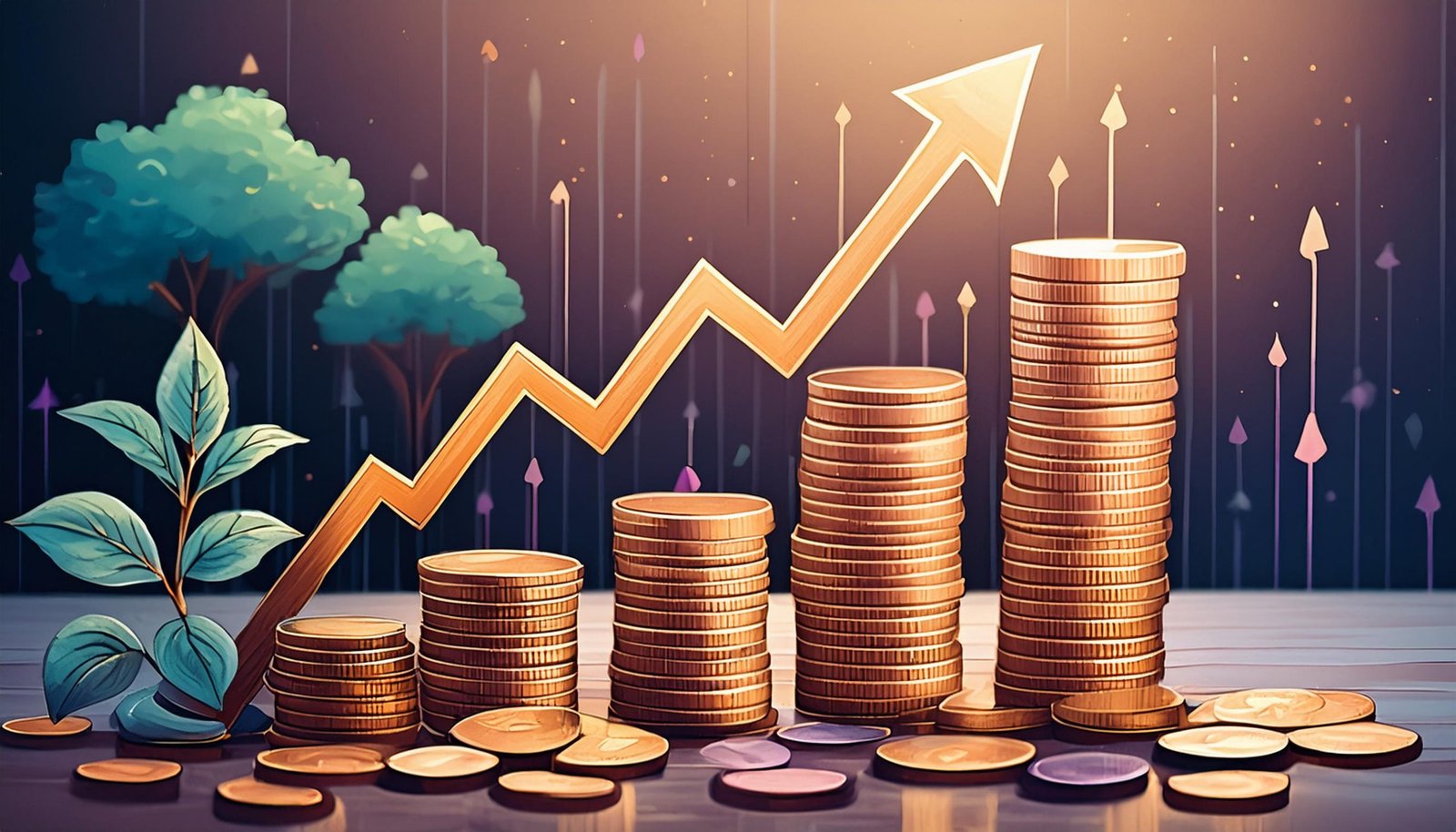The Magic of Compound Interest: Building Wealth Over Time

Compound interest is often called the eighth wonder of the world, and for good reason. It’s a powerful financial concept that can transform small, consistent savings into a substantial fortune over time. Whether you’re saving for retirement, building an emergency fund, or investing in the stock market, understanding how compound interest works is essential for achieving your financial goals.
What is Compound Interest?
At its core, compound interest is the process of earning interest on both the money you’ve saved or invested (the principal) and the interest that accumulates over time. Unlike simple interest, which is calculated only on the principal, compound interest allows your money to grow exponentially.
Formula for Compound Interest:
The compound interest formula is:
Where:
- A = the future value of the investment/loan, including interest
- P = the principal amount (initial investment)
- r = annual interest rate (in decimal form)
- n = number of times the interest is compounded per year
- t = time the money is invested or borrowed for, in years
This formula demonstrates how powerful compound interest can be over extended periods.
The Time Factor: Why Starting Early Matters
Time is the most critical element in maximizing the benefits of compound interest. The earlier you start saving or investing, the more time your money has to grow. Even small amounts saved regularly can snowball into a substantial sum over decades.
Example:
- Person A starts investing $200 a month at age 25 and stops at 35. They leave the money invested until retirement at 65.
- Person B starts investing $200 a month at age 35 and continues until age 65.
Assuming an average annual return of 7%, Person A ends up with more money at retirement despite investing for only 10 years compared to Person B’s 30 years. This is the power of starting early.
How Compound Interest Works in Real Life
Compound interest applies to various financial products, such as:
- Savings Accounts: Banks offer compound interest on savings accounts. While the rates may be lower, they provide a safe way to grow your money over time.
- Retirement Accounts: Accounts like 401(k)s and IRAs benefit significantly from compound interest. Contributions grow tax-deferred, allowing your investments to compound faster.
- Investments: Stocks, mutual funds, and ETFs can yield high returns through compound interest. Reinvesting dividends accelerates this growth.
- Loans and Credit Cards: While compound interest can work for you in investments, it can work against you in loans and credit card debt. High-interest rates compounded frequently can quickly increase your debt burden.
Strategies to Maximize Compound Interest
To make the most of compound interest, consider these strategies:
- Start Early: The sooner you begin saving or investing, the more time your money has to compound. Even a small initial investment can grow significantly.
- Contribute Regularly: Consistent contributions amplify the compounding effect. Setting up automatic deposits ensures you stay on track.
- Reinvest Earnings: Whether it’s dividends, interest, or capital gains, reinvesting your earnings accelerates growth.
- Choose Higher Interest Rates: Look for accounts or investments with competitive interest rates. Even a slight increase in the rate can make a substantial difference over time.
- Be Patient: Compound interest rewards patience. Resist the urge to withdraw funds prematurely and allow your money to grow.
The Downside: Compound Interest in Debt
While compound interest can build wealth, it can also lead to financial difficulties when applied to debt. Credit cards and payday loans often use compounding to increase the amount owed rapidly. Always pay off high-interest debt as quickly as possible to avoid falling into a cycle of compounding debt.
The Rule of 72: A Quick Estimation Tool
The Rule of 72 is a simple way to estimate how long it will take for your money to double with compound interest. Divide 72 by your annual interest rate to get the approximate number of years needed.
Example: At a 6% interest rate, it will take approximately 12 years for your money to double (72 ÷ 6 = 12).
This rule highlights how even modest interest rates can lead to significant growth over time.
Real-Life Success Stories
Many investors have harnessed the power of compound interest to build wealth. For instance, Warren Buffett, one of the world’s richest individuals, attributes much of his fortune to the compounding effect. Starting young and consistently reinvesting earnings allowed him to amass extraordinary wealth.
Conclusion
Compound interest is a magical force that can turn modest savings into significant wealth over time. By starting early, contributing regularly, and reinvesting earnings, you can maximize its potential. Whether you’re saving for retirement, a home, or simply building financial security, understanding and leveraging compound interest is a cornerstone of smart financial planning.
Start today, stay consistent, and watch your money grow—the magic of compound interest is waiting to work for you.



